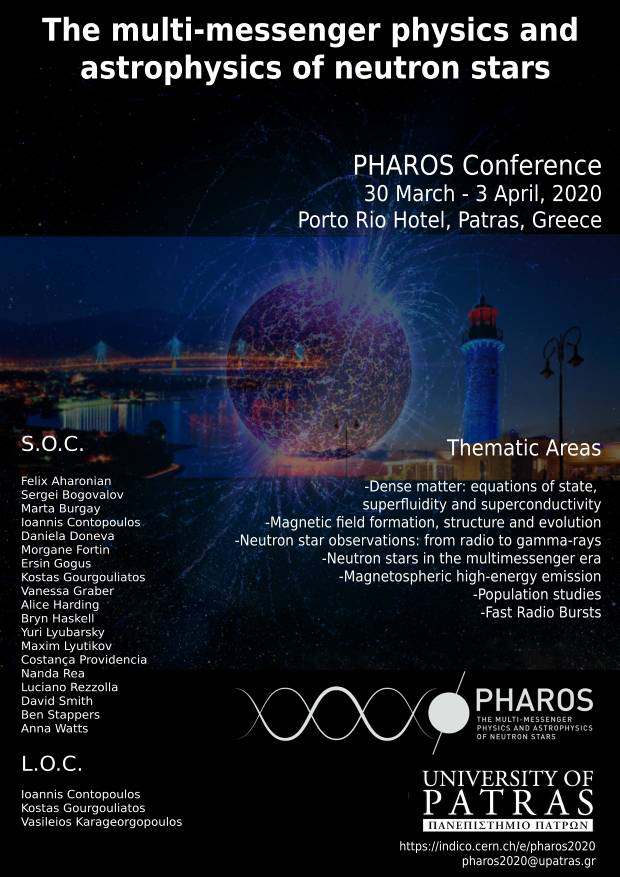Speaker
Description
Neutron star (NS) mergers are thought to be one of the primary sites of heavy element production in the Universe. In order to inform and predict future observations and meaningfully interpret the existing ones, we need first-principle models that describe the physics of the merger and its aftermath (e.g. kilonova, afterglow). Such models would allow us to predict the amount, composition, and velocity distribution of all ejecta, as well as subsequent emission, and how it depends on the astrophysical unknowns such as the spin of the BH and the nuclear equation of state. Presently, one of the major limitations in simulating NS merger systems is the lack of accurate neutrino transport, which restricts our knowledge of the resulting outflow composition. Including neutrino transport into simulations of sufficient duration is crucial, because neutrino absorption changes the nuclear makeup of the ejected material and thus determines the amount of heavy nuclei produced by the merger event and the resulting color and duration of kilonova emission. Previous studies with neutrino transport were limited in duration to a few tens of milliseconds, whereas it takes 10 to 100 times longer for an outflow from a merger remnant disk to fully form. I will present results of 3D general relativistic magnetohydrodynamics (GRMHD) simulations of post-merger systems including the “two-moment” closure radiation transport scheme for photons, evolved up to seconds after the merger. This scheme approximates radiation as a separate fluid, reusing the infrastructure currently in place for the treatment of the gas. I will discuss how variations in parameters such as density, temperature, and geometry of the system will affect the long-term evolution under this new transport scheme. In addition, I will discuss the implications of applying the same scheme and a more accurate Monte-Carlo scheme to neutrino transport, to determine the outflow composition.

